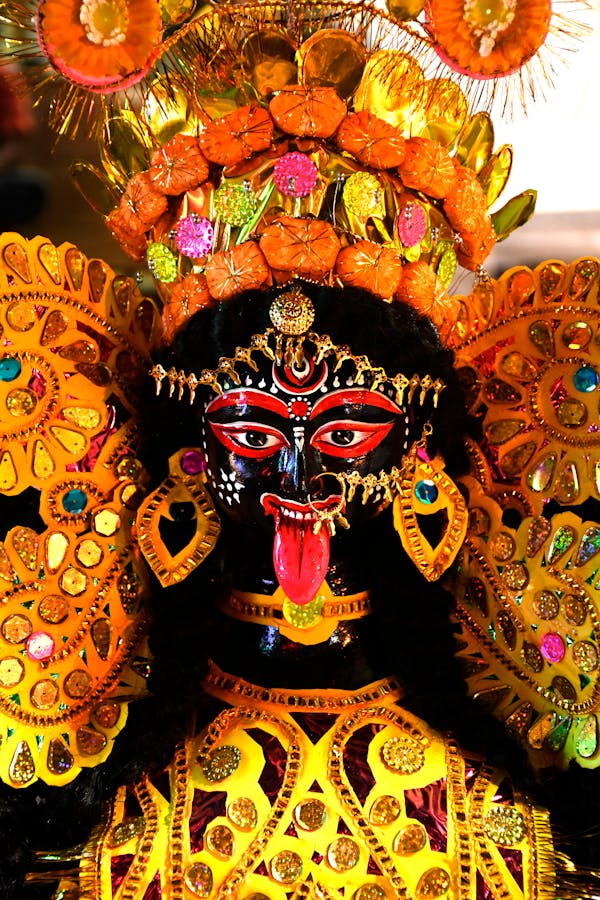Itu Puja, or Itu Brata, is a cherished festival in Bengal, celebrated in the month of Agrahayan (November-December) in honor of Mitra, the ancient Vedic Sun God. It symbolizes gratitude to nature and community, emphasizing agricultural prosperity. The festival, deeply rooted in tradition, features women leading rituals, fasting, and singing. Personal memories of devotion highlight its significance, connecting past and present while fostering harmony with nature.










